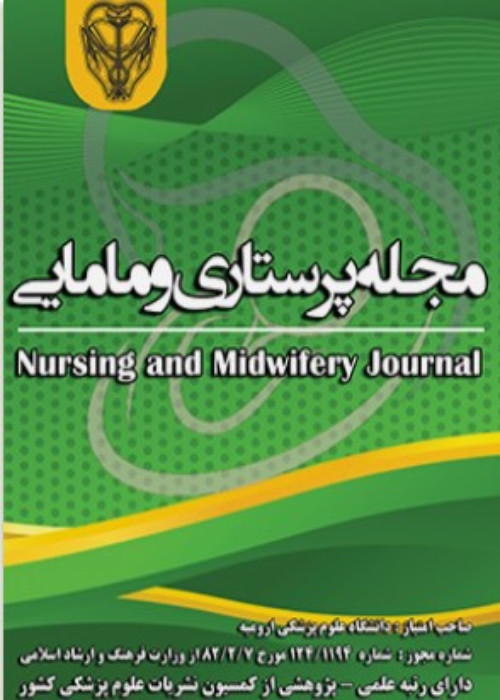INVESTIGATING THE STATUS OF URMIA UNIVERSITY OF MEDICAL SCIENCES FACULTIES IN INPUT, PROCESS AND OUTPUT EDUCATIONAL INDICES AND PRESENTING AN UPGRADE MODEL
Currently, educational inequalities are one of the most important categories in the field of educational planning, which has a decisive role in the expansion and improvement of education and development. The aim of this study was to investigate the level of inequalities and ranking of the faculties of Urmia University of Medical Sciences and to provide cosmetic strategies in order to achieve sustainable educational development.
The present research is applied in terms of purpose and descriptive-analytical in terms of method. The method of collecting statistics and data was documentary and survey. The statistical population in two parts included documents and statistics of 6 faculties of Urmia University of Medical Sciences and students of the faculties of Urmia University of Medical Sciences in the academic year 2020-2021. In the documentary part, the census sampling method was used and in the descriptive part, the relative stratified random sampling method was used. In analyzing the data, TOPSIS models, scattering coefficient, path analysis, and neural networks were used.
Rankings of the faculties of Urmia University of Medical Sciences using entropy and TOPSIS weighting techniques showed inequality between the faculties in terms of having research indicators. Scattering coefficient also showed the highest inequality in output indices and the lowest inequality in output indices. Cluster analysis and division of regions into three levels: rich, semi-rich, and poor showed that there was a difference between the faculties of Urmia University of Medical Sciences. The results also showed that the process index had the highest and the input index had the lowest direct impact on the inequality of the faculties of Urmia University of Medical Sciences.
In accordance with the research findings, serious attention of planners and policy makers on the influential variables such as input, process, and output is necessary in order to reduce inequalities.
- حق عضویت دریافتی صرف حمایت از نشریات عضو و نگهداری، تکمیل و توسعه مگیران میشود.
- پرداخت حق اشتراک و دانلود مقالات اجازه بازنشر آن در سایر رسانههای چاپی و دیجیتال را به کاربر نمیدهد.





